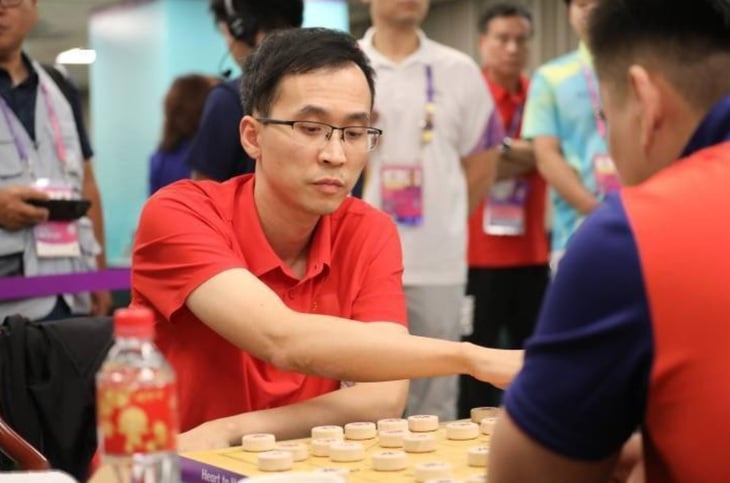
Trieu Ham Ham (left) in a competition with Lai Ly Huynh - Photo: XQ
The chess player is also... Kim Dung's master
A commentator on CCTV's sports channel once gave Zhao Xinxin this nickname, modeled after the famous Six-Merci Divine Sword martial art in Jin Yong's novel Demi-Gods and Semi-Devils.
Why? Because this player from Zhejiang has a playing style that is likened to "unexpected moves, impossible to predict", many times turning the tide of battle, but sometimes also having to pay the price, not unlike the character Doan Du with the famous "sometimes effective, sometimes ineffective" Luc Mach Than Kiem technique of Kim Dung.
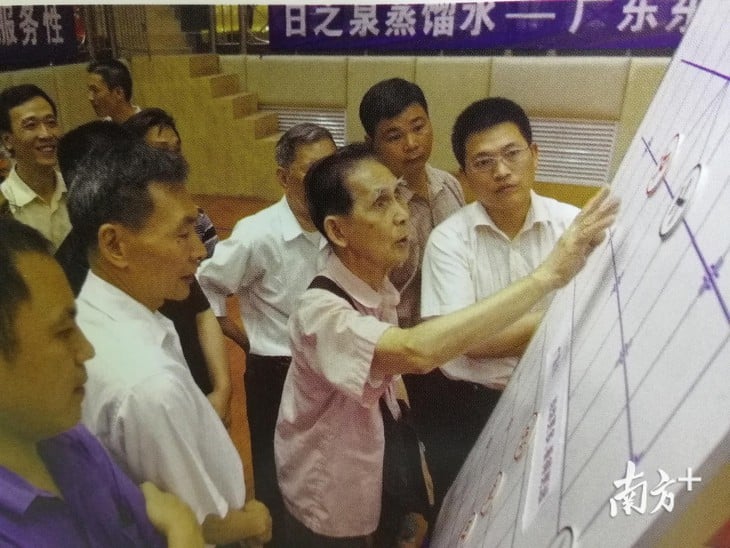
"Ghost" Duong Quan Lan lectures his disciples - Photo: XN
Before Trieu Ham Ham, the Chinese chess world had a famous senior, ranked as a "grandmaster", that was Duong Quan Lan (1925-2008). He was nicknamed "Ky Ma", based on the character Pham Bach Linh also in Thien Long Bat Bo.
Duong Quan Lan's famous disciple is Hua Ngan Xuyen - a three-time world champion nicknamed "Vajra Indestructible", modeled after the Shaolin Temple's "Vajra Indestructible Body" martial art, once demonstrated by Grandmaster Kong Jian in The Heaven Sword and Dragon Saber.
And if you follow the Chinese chess village, fans will be familiar with nicknames like "swordsman", "young knight", "female knight"... typical of Kim Dung.
Not far away, Vietnamese chess player Nguyen Thanh Bao is also nicknamed "Tay Doc" by fans, one of the five martial arts masters in the novel Anh Hung Xa Dieu (The Condor Hero).
Chess and martial arts
The practice of giving nicknames and nicknames to chess players is just one part of the Kim Dung style of chess commentary and discussion that is very popular among chess fans.
From naming chess positions, to classic chess matches, to the unique styles of chess players..., since around the 1990s, China's CCTV television station has made a breakthrough by bringing Kim Dung's style of commentary to Chinese chess.
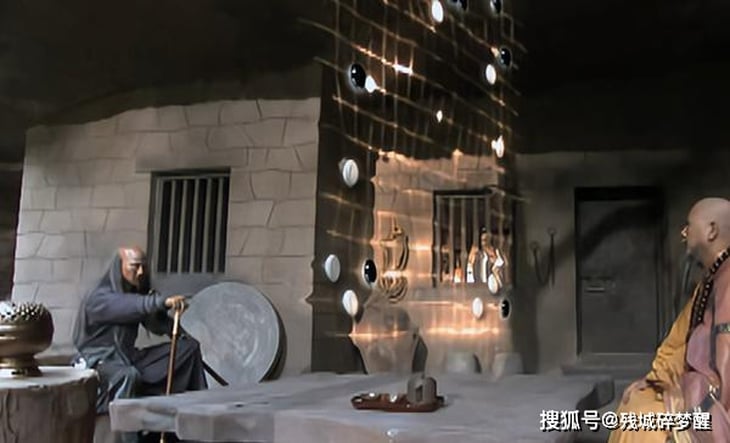
A chess match of character Doan Dien Khanh (left) - Photo: SC
This style of chess commentary quickly received the praise of chess fans, especially in Vietnam. To this day, many Youtubers also build their chess channels with Kim Dung's style of commentary, both humorous and romantic, while still retaining the very special meaning of the game originating from China.
Of course, having the same cultural background brought Jin Yong and the game of chess closer together. In addition, the Hong Kong novelist also devoted a significant part of his martial arts novels to chess.
Most of Jin Yong's stories are set in the Song and Ming dynasties, when Go was still very popular, so the chess matches in Jin Yong's stories are mainly Go. Chinese chess fans do not mind this, because after all - chess, Chinese chess or Go all have the same foundation of thinking.
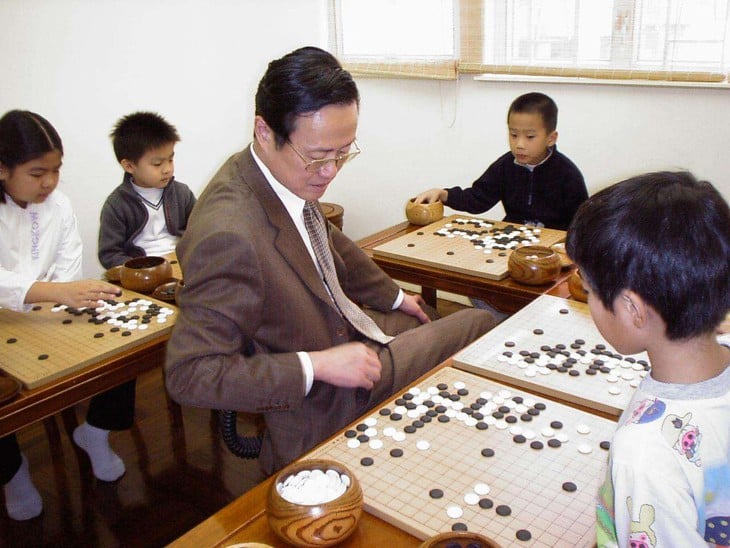
Kim Dung was very passionate about chess - Photo: CN
Even though it is a martial arts novel, many events in Kim Dung's stories take place around chess matches.
Like when Tieu Dao Tu's disciple was Lung A old man To Tinh Ha, in order to choose a successor for the sect, he set up a chess game and invited experts from all over the world to come and solve it.
When the monk Huang Mi Zeng was invited by the Dali royal family to rescue Duan Yu, he also accepted to play chess with Duan Yanqing.
In Kim Dung's character building, martial arts masters need to be naturally quick-witted, and are often also masters at playing chess.
At least two of Jin Yong's main characters are also chess masters, including Duan Yu and Yuan Chengzhi.
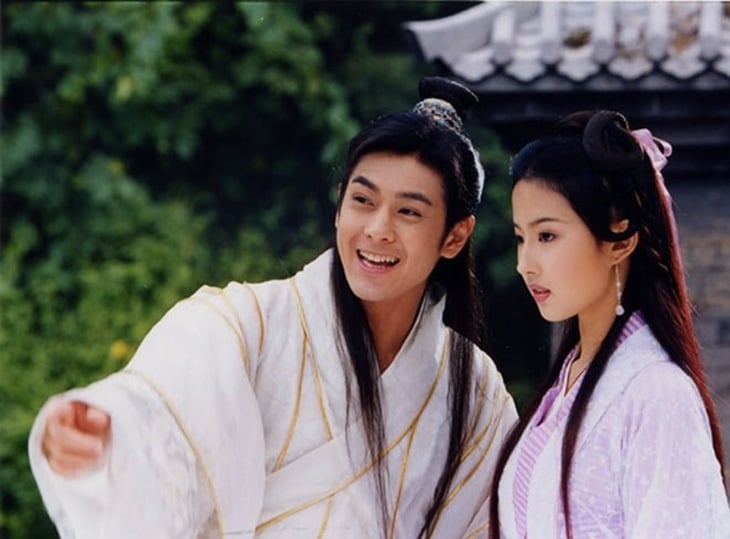
Doan Du is one of Kim Dung's main characters who is good at playing chess - Photo: CN
If Duan Yu had played chess on par with Duan Yanqing, Yuan Chengzhi only needed to learn chess for a short time to defeat Moc Tang Dao Nhan - a martial arts genius.
Not only that, Kim Dung also romanticized chess into an art form. In The Smiling, Proud Wanderer, the character Black and White of the Jiangnan Four Friends represents chess in the four artistic passions of "music, chess, calligraphy and painting".
Because they were too passionate about art, Huong Van Thien took advantage of these four brothers' weakness to rescue Nham Nga Hanh.
From martial arts to chess, from chess to art, the way Kim Dung brought chess into martial arts novels really captivated fans. Throughout the novels, readers cannot help but feel that chess and martial arts are two subjects closely related to each other.
In addition, the transformation of the chess board into a "human chess" fighting form also makes fans of Chinese chess and Go even more closely associated with martial arts novels.
Source: https://tuoitre.vn/vi-sao-cac-cao-thu-co-tuong-co-biet-danh-theo-truyen-kim-dung-20250930220941872.htm


![[Photo] Students of Binh Minh Primary School enjoy the full moon festival, receiving the joys of childhood](https://vphoto.vietnam.vn/thumb/1200x675/vietnam/resource/IMAGE/2025/10/3/8cf8abef22fe4471be400a818912cb85)




![[Photo] Prime Minister Pham Minh Chinh chairs meeting to deploy overcoming consequences of storm No. 10](https://vphoto.vietnam.vn/thumb/1200x675/vietnam/resource/IMAGE/2025/10/3/544f420dcc844463898fcbef46247d16)
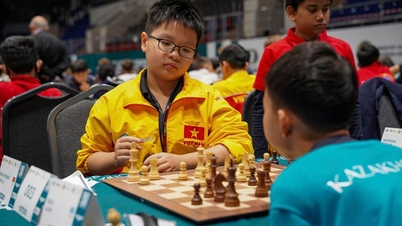








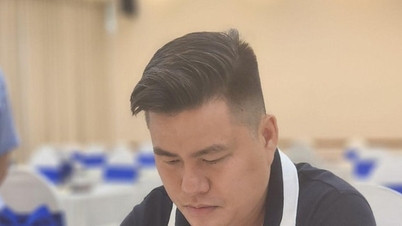



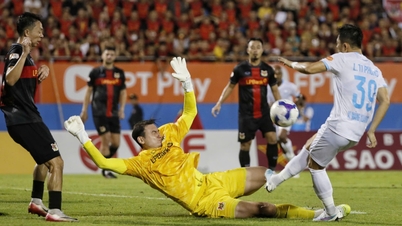

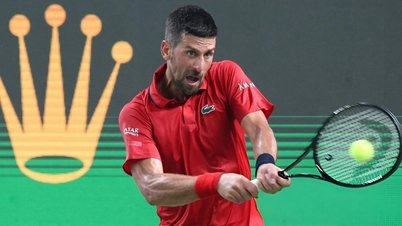






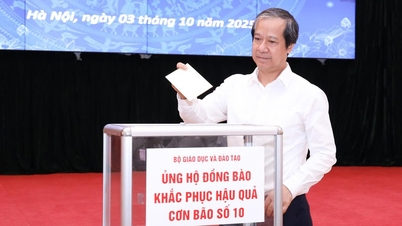




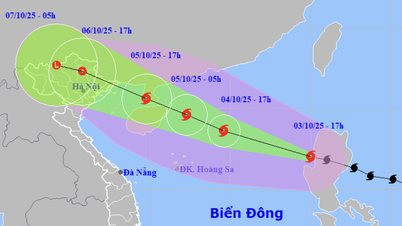

































































Comment (0)